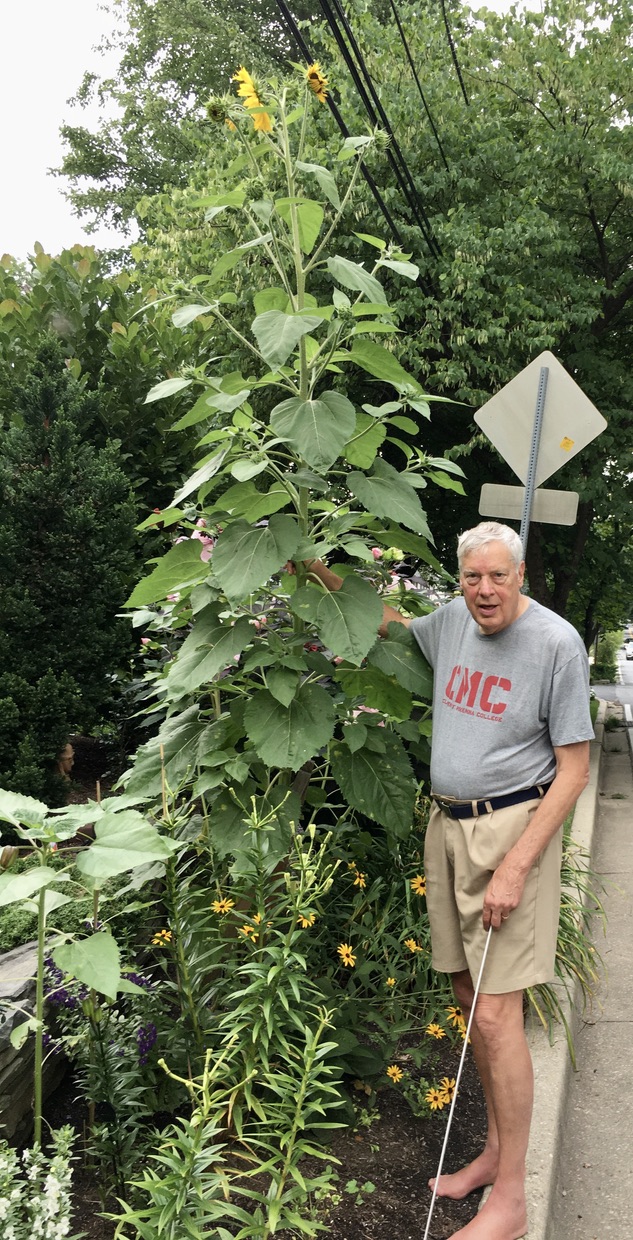I was sent the following article, The Civil Rights Showdown Nobody Remembers, prior to a reunion.
It is by Louis Menand, published in the New Yorker, July 31, 2023 and in the print edition on August 7 under the title “The Children’s Crusade”
The Supreme Court and Civil Rights: Separate is Not Equal
Clinton High School, Clinton TN was the first southern school to be integrated by court order in 1956. This 15-page New Yorker story describes the event. This initial case is sometimes overlooked because of the subsequent much publicized Federal Government’s intervention in Little Rock’s Central High School. In that situation, President Eisenhower sent in the 101 st Airborne to support the Court’s integration mandate after Governor Faubus called out the Arkansas National Guard to prevent it.
The excerpt below is the final paragraphs which provide the significance of this first integration effort. The event was seminal. The author’s portrayal of how children, not grownups, were on the front line again and again is his most crucial observation.
Sometimes change in society must be led by the most vulnerable. Political rhetoric, governmental orders and passionate ideals can be inspiring. But who does the heavy lifting?
The Author’s Conclusion
This brings us to the real scandal of (the Court’s school desegregation decision in) Brown. The Supreme Court finally interpreted the equal-protection clause of the Fourteenth Amendment as it had been intended: to protect Black Americans from state-ordered discrimination. The Court was not wrong when it held public-school segregation laws unconstitutional.
But its decision placed the burden of desegregation—not just some of the burden, the entire burden—on children. Schoolchildren, both white and Black, were required (few volunteered) to do something that no adult was required to do. Socialized since birth to avoid unnecessary contact with the other race, they were suddenly expected to handle a situation that their parents, outside of military service, had never been asked to handle.
Labor unions and police forces and fire companies were not required to integrate in 1954. Restaurants and hotels and theaters were not required to integrate. Places of business were not required to integrate. Water fountains and bus stations and city parks were not required to integrate. Only public schools were required to integrate.
Clinton High School had eight hundred students. It was insane to send twelve Black teen-agers in there while demonstrators screamed abuse outside and there was not a single Black teacher in the building. It was insane to send nine Black teen-agers into Central High School in Little Rock with eighteen hundred white students and no Black teachers. It was insane to ask one Black adolescent, fifteen-year-old Dorothy Counts, to walk a gantlet of taunting whites so that she could single-handedly integrate Harry P. Harding High School, in Charlotte, North Carolina.
Desegregation was a war. We sent children off to fight it.
This story causes one to ask, what are today’s children fighting for?





